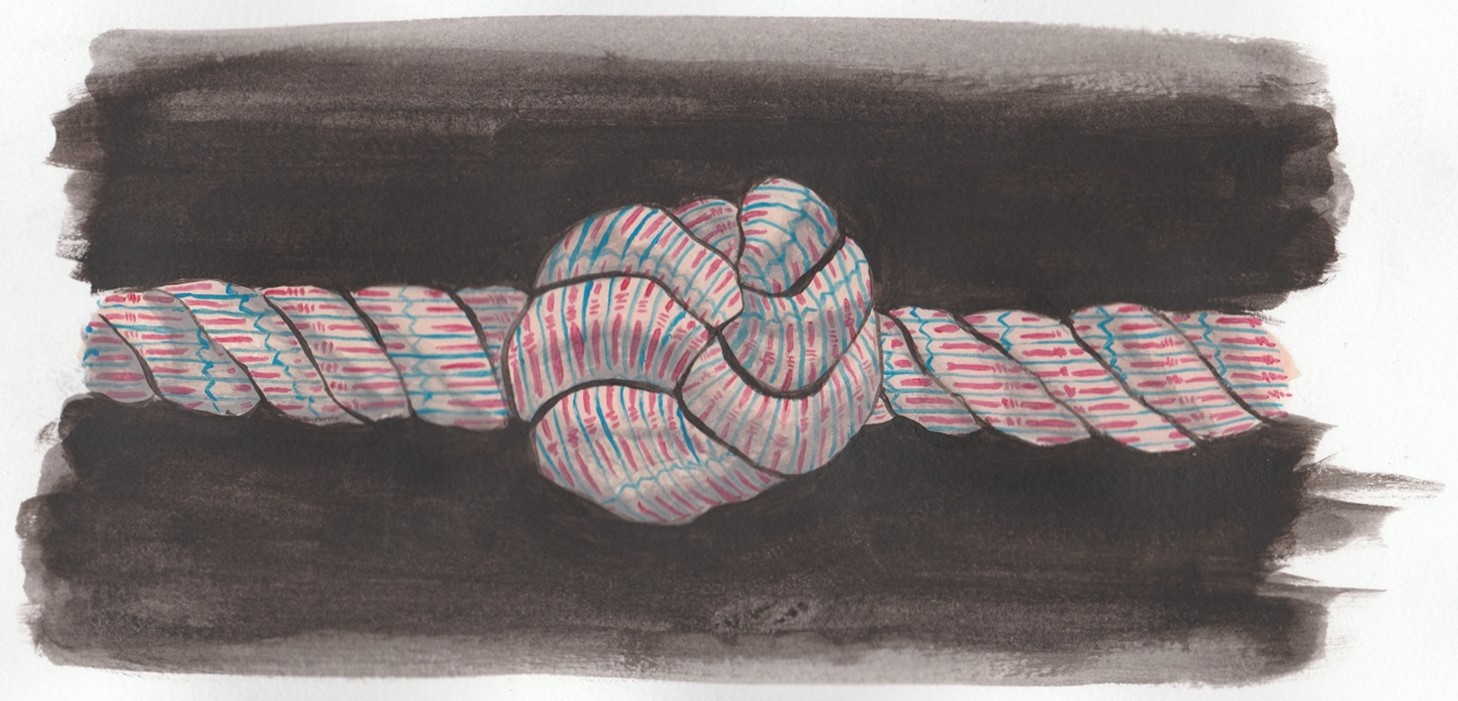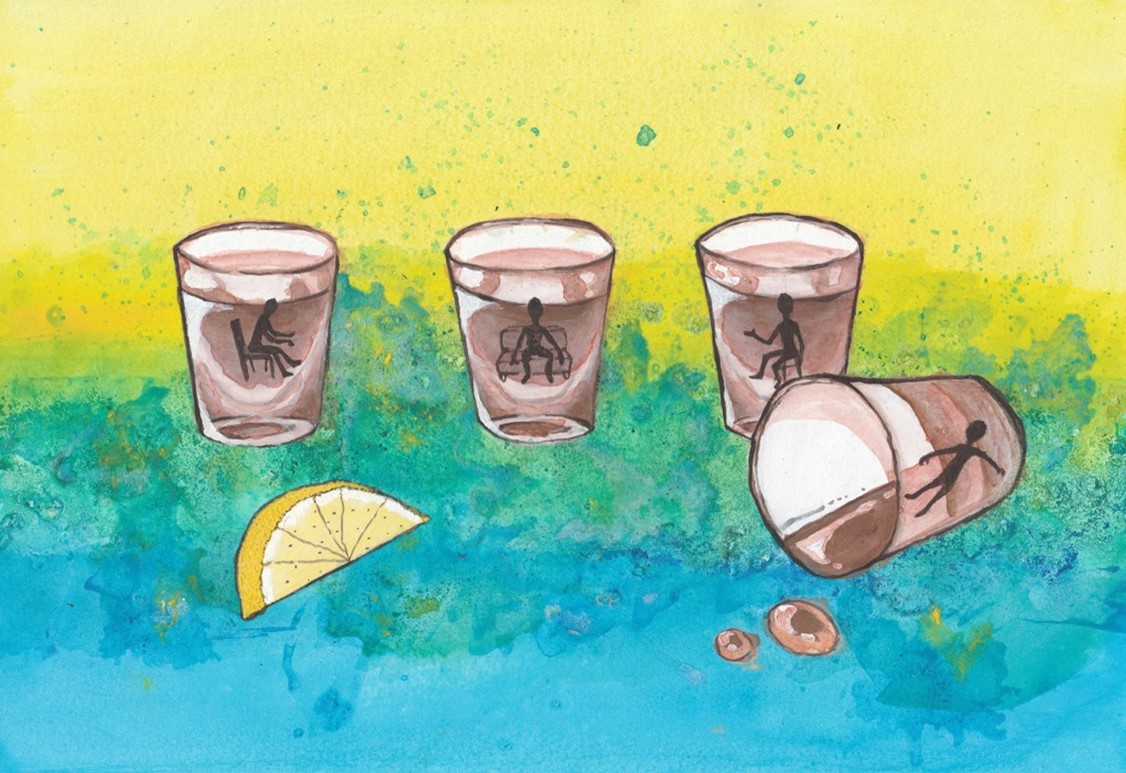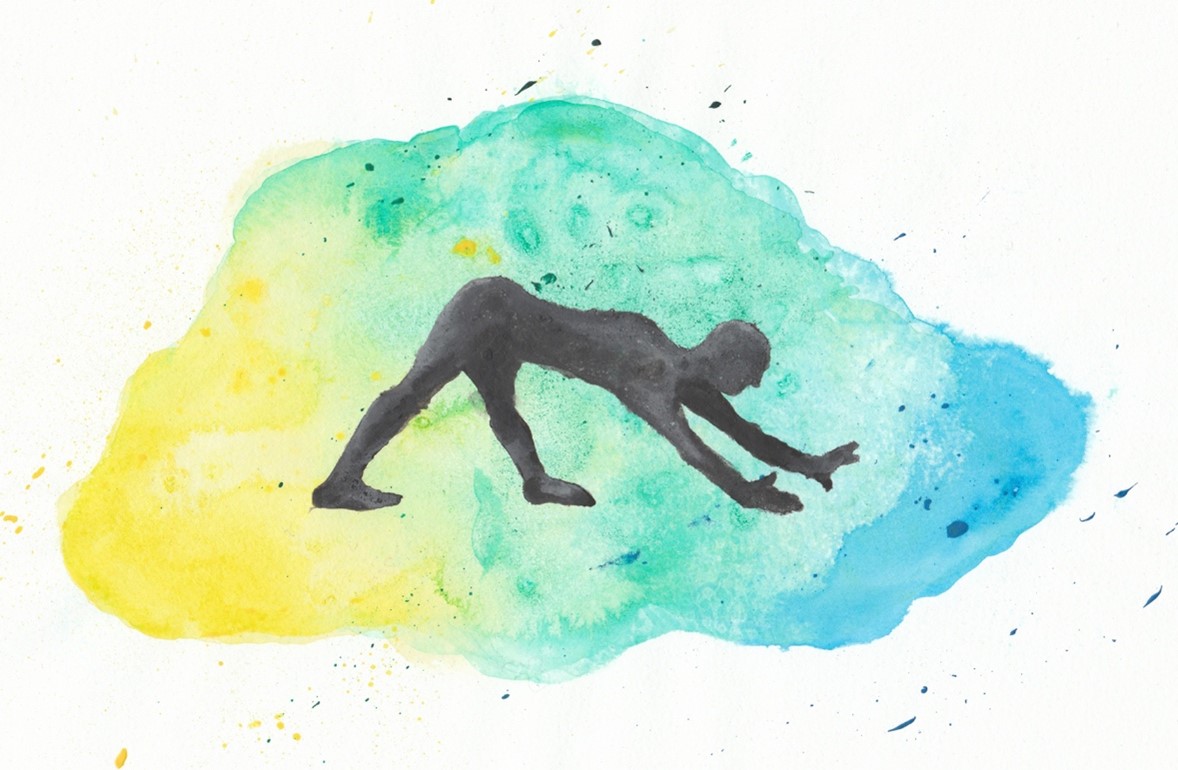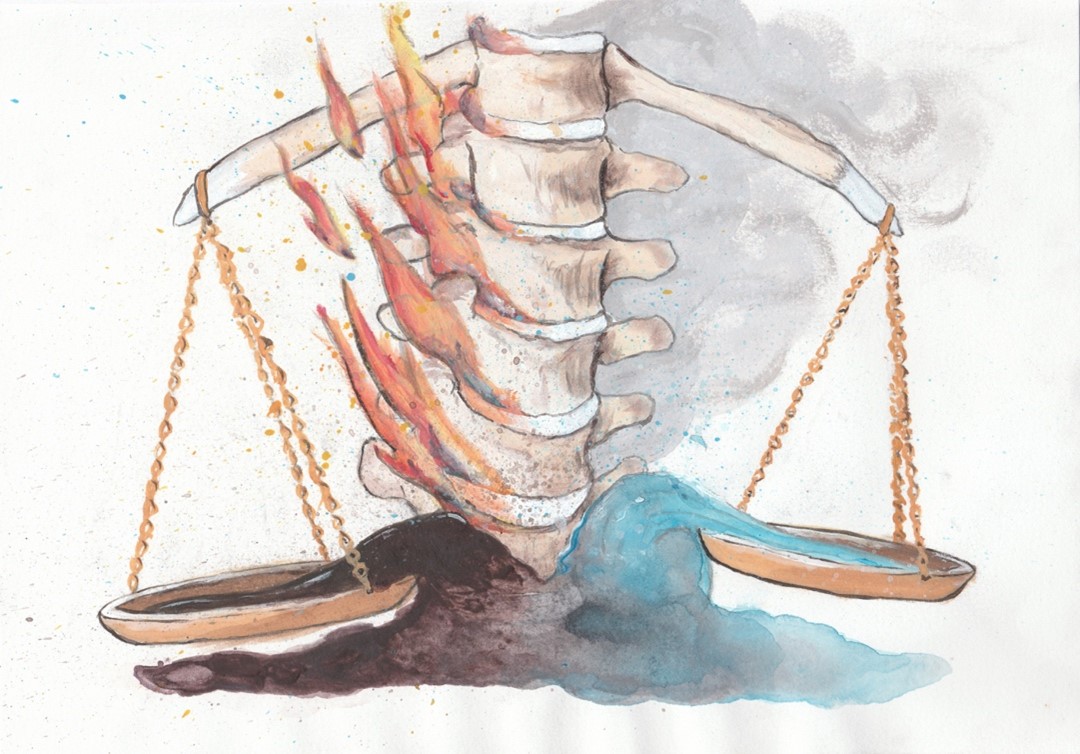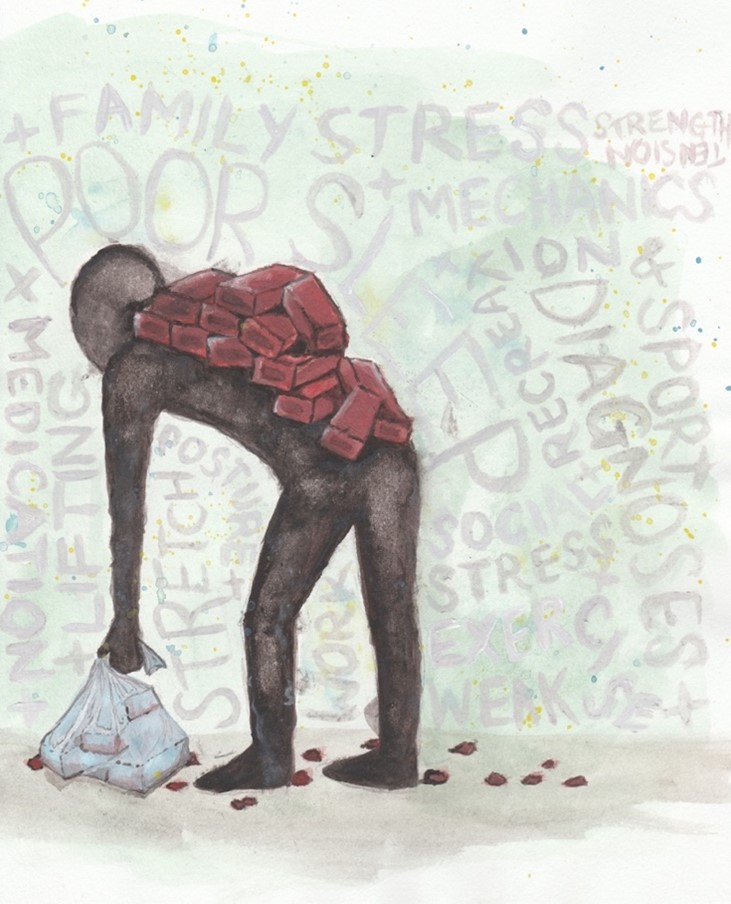Article Summary by Peter Stilwell
There is now widespread consensus that pain is subjective, meaning that it is a private and personal experience. Because pain is experienced from a person’s unique perspective, others (e.g., healthcare practitioners, family, friends) cannot directly “see” or fully understand what the experience is like. To somewhat express what it is like to experience a particular pain, people rely on figurative language, such as metaphor, to describe their pain experience. Metaphor is understanding one kind of thing (often abstract or unfamiliar) in terms of another (more concrete and familiar). For example, pain is war. Pain is more abstract and difficult to describe, so it is compared with war, which is something more concrete, visible, and tangible. In this paper, we explore different types of pain-related metaphors in clinical settings.
Everyone uses metaphor, whether they realize it or not. Metaphors allow us to communicate experiences, while also playing a role in shaping them. Patients use metaphor to express their experiences to healthcare practitioners. For example, a patient may describe their pain as stabbing, burning, or that it feels like lightning bolts down their leg. They are not literally being stabbed, burned, or struck by lightning; it is figurative language to help communicate what their experience is like. In turn, these metaphors help healthcare practitioners better understand the patient’s situation and is a pathway to diagnosis. For example, burning and lightning bolts indicate that nerves or the nervous system may be involved (i.e., neuropathic pain), which helps inform further testing or laboratory investigations. Further, healthcare practitioners use metaphors, often unknowingly, to help patients understand their diagnosis and make sense of their pain experiences. Using qualitative data, our paper focuses on how metaphors used by healthcare practitioners (e.g., physicians, physiotherapists, chiropractors, etc.) are often taken for granted, shaping patients’ experiences and behaviours for better or worse. Below, we present five paintings from our paper representing pain explanations and pain-related metaphors delivered by various healthcare practitioners. The art, metaphors, and associated narratives draw attention to the intertwined nature of language, action, meaning, and the experience of pain. We hope this paper helps healthcare practitioners reflect on the language they use with their patients, and to consider how pain-related metaphors may be reinforced and reconceptualised.
Read the article on the Medical Humanities website.
Dr. Peter Stilwell is the lead author, and this paper was a part of his PhD research at Dalhousie University that focused on pain and clinical communication. He is currently a Postdoctoral Researcher at McGill University in the Faculty of Medicine and Health Sciences – School of Physical and Occupational Therapy. He is currently a Ronald Melzack Fellow in Pain Research at the Alan Edwards Centre for Research on Pain (AECRP) at McGill. He has a clinical background working with adults with musculoskeletal conditions, primarily spinal pain, which informs his research questions and interests.
Christie Stilwell is a PhD in Health candidate at Dalhousie University studying healthcare service and supports that promote healthy aging in diverse communities. As a lifelong amateur artist, she recognizes the power of art and creative expression in idea exchange and knowledge translation. In this piece, illustrating the pain metaphors added additional depth to the analysis of the meanings and messages intertwined within complex and surrealistic metaphor use among patients and healthcare practitioners.
The co-authors, Dr. Katherine Harman, PT, PhD and Dr. Brenda Sabo, RN, PhD, were Dr. Peter Stilwell’s PhD co-supervisors. They are now both retired.
